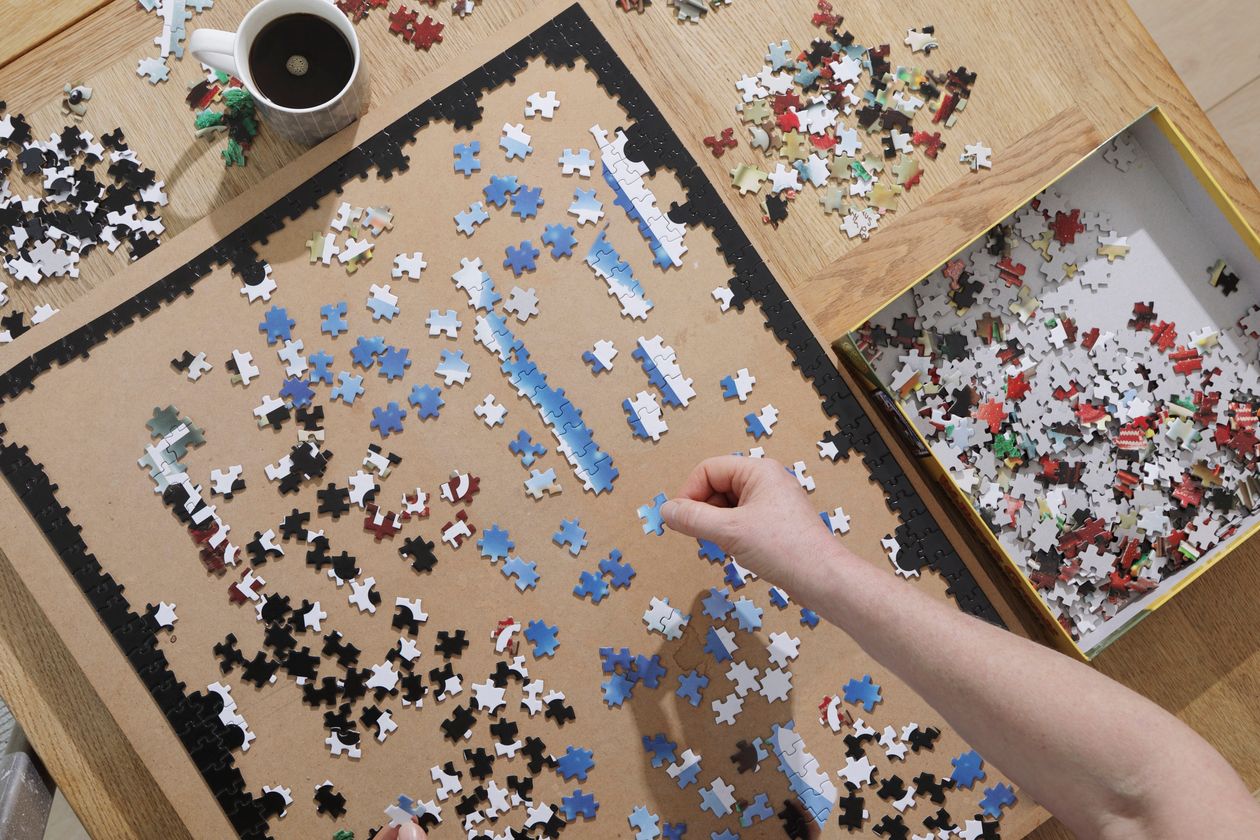
You can make crafts that your little girl will love if you have a toddler. There are many ways to make your girl happy, regardless of whether she wants to be an emerald or a cactus. You can make paper quilted monograms, cactus rocks, or unicorns. You can make cool gifts for her too. These fun projects will make your daughter love you!
Making cactus rocks
Cactus rocks can be made even if you don't have a green thumb or don’t want to purchase cactus plants. Mix several shades of green paint, then add some yellow-white. Each rock can be painted a different shade. After the paint is dry, add yellow dots to each rock's surface. This will add an interesting accent to the rock. Children can place their cactus stones in their bedrooms or playrooms.

Making mermaid rocks
The mermaid tail has become the most famous part about mermaids. Kids of all ages love making their own mermaidtail. All you need to do is use glue and some colored paper. Draw rows of wavy lines. The tail is actually a triangle. The final product can be hung on a refrigerator or stuck to a wall. Children can either give their mermaid tails away or make them themselves.
Making unicorns
There are several crafts that you and your child can do together. One of these crafts is the felt unicorn. This can be used as a Christmas tree ornament, door hanging, or soft toys. A felt unicorn is small enough for little girls to hold and can help with fine motor skills. It's also a great way for young crafters to practice their scissor skills. To complete this project you will need to use safety scissors.
Making monograms from paper-quilted papers
It is easy to make a paper-quilted monogramme for a girl. The process is simple and you have six choices. These can be used to begin creating your monogram. You can customize a monogram in many different ways, but I recommend that you stick with one or two of your favorite patterns.
Making necklaces
You can make many different necklaces for girls at home. One of these necklaces is a beaded one. It is easy to make beads and you can use them in many different ways. You can buy the components at a hardware retailer or make them yourself. For this type of necklace, you can buy or make the beads yourself and then string them on a necklace chain. For the necklace, you have two options: plastic beads or wooden beads.

Making slippers
If you want to make your daughter a pair of new slippers, you can create a pair of felt slippers. This cute pair of shoes requires some felt and some extra felt. A small strip of felt can be cut and positioned along the slipper's center edge. Wrap it around the foot. Once you are happy with the shape, pin it in place. Finally, take out any excess felt.
FAQ
What are your educational hobbies?
An educational hobby is a activity that allows you to learn by doing it. It could be anything, from playing sports to learning how an instrument is played.
It should be enjoyable and have fun. You don't necessarily have to do this all the time. But if it becomes boring, then think about what you could be doing.
These activities could end up costing you far more than what you pay for.
Is it possible make a living from a hobby?
Not necessarily.
If you are interested in starting a business that is based on your hobby you can be a millionaire.
Let's say, for instance, you are a passionate cook. You love healthy food so you open a new restaurant.
Customers are charged a small fee for organic food made from scratch.
You can grow your clientele over time and eventually hire employees who will work alongside you.
You may eventually add vegan dishes and gluten-free options to your menu.
You've now created a profitable business that allows you to live the life you desire.
You don't have a right to quit your job.
You could instead run your own restaurant and still hold your 9-5 job.
What does a hobby really cost?
Hobby costs nothing except time. If you're serious about it, however, it may take you many years to reach your goals.
One thing can help you. It's called 'passion.' If you have passion for whatever it is you do, you will find it easier to put in the hours required to make progress.
It is possible to become addicted once you begin putting in the work. Here is the fun part! Because you're doing something you like and it keeps getting better. You will likely have seen a significant improvement by the end the year.
Do not worry about the time it takes. You can just try it. You may be surprised!
What can I do to make money from my hobby or business?
You can make extra money by taking up hobbies.
You might consider selling items that are related to your hobby if you are passionate about it.
If you are a stamp collector, you might want to start a website that sells rare stamps.
This will allow you to earn additional income without having go through the hassles of buying and selling stamps.
You could also create a YouTube channel to talk about your hobby.
This allows you share your passion and generate revenue by creating premium content.
Statistics
- This 100% accurate personality-analyzing hobby quiz discovers your passion based on your characteristics. (quizexpo.com)
- The intensity of the dialogue partners' bond at the end of the forty-five-minute vulnerability interaction was rated as closer than the closest relationship in the lives of 30 percent of similar students. (time.com)
- Almost 80% of people claim to have no hobby. (hobbylark.com)
- In comparison, men in the “no humor” condition were refused 84.6% of the time and were only accepted 15.4% of the time. (time.com)
- Studies show that just six minutes of reading can reduce stress levels by 60 percent. (oberlo.com)
External Links
How To
How to start gardening
Gardening is one of the oldest forms of agriculture. It takes patience, persistence, determination, and perseverance. You must choose a suitable location to start your garden. It could be large land, or just your backyard. Next, decide what type of plants you want to grow. Do you prefer vegetables, or flowers? Some people enjoy growing herbs and others prefer raising livestock like rabbits. Before you decide which crops you will plant, consider the amount of space you have. If you live in a climate that experiences cold winters, then you might decide to grow fruits or berries as they do well in colder climates.
Once you have chosen what you will be planting, you must take some time to prepare your soil. How your plants perform is dependent on how well the soil you use. The soil should be rich in organic matter to provide nutrients for your plants' roots. Organic matter includes things like leaves, twigs, grass clippings, manure, and compost. After you have prepared the soil, you will need to add nutrients. The type of plant you intend to grow will dictate the amount of nutrients you need. To determine these values, you can use a fertilizer calculator online. There are many fertilizers on the market, so ensure you understand what you are buying.
Now you need to wait for the seeds to germinate. This process usually takes anywhere from 2 weeks to 3 months, depending on the weather and the temperature in your area. Once your seeds have sprouted, you need to water them regularly. You can endanger your plants if you water them too often or too little. Ensure you give your plants enough water at regular intervals and avoid overwatering. Overwatering can result in root rot, fungal diseases, and even death. Consider that plants generally need less water in the warmer months than they do in winter. Some plants must be dried out after being watered. For tomatoes, it is important to keep them moist but dry. They don't like to sit in soggy soil. After the flowers have stopped, they must go into dormancy. When plants stop producing new growth, they go dormant and start storing energy for next season's harvest. Dormancy means that the plant stops communicating with its roots about producing food. Throughout this time, plants can store energy. However, if the temperatures drop below freezing and there isn't enough sunlight, the plant will go to sleep.
Urban environments may limit the variety of plants you can grow. Urban areas tend to contain concrete sidewalks, roads, buildings, and parking lots that block sunlight from reaching the ground. Concrete absorbs sunlight and blocks the soil below from receiving adequate sun exposure. Because of this lack of sunlight, many plants cannot survive in cities. However, many plants can still thrive in urban environments. Many trees, shrubs, perennials, and other plants can adapt to urban life. Many annuals can be grown indoors, too, in containers. Container gardens can be used to grow greenery indoors year-round, no matter what the weather outside.
You're now ready to plant after you have chosen where and what to grow in your garden.